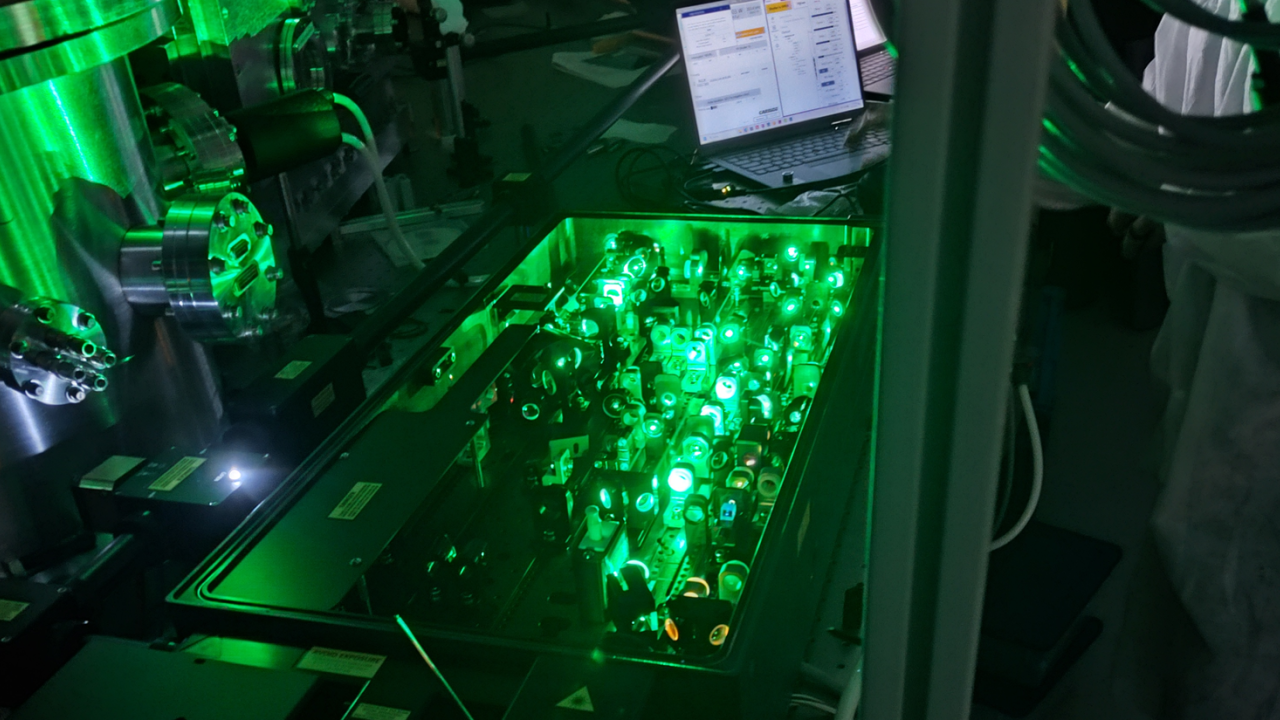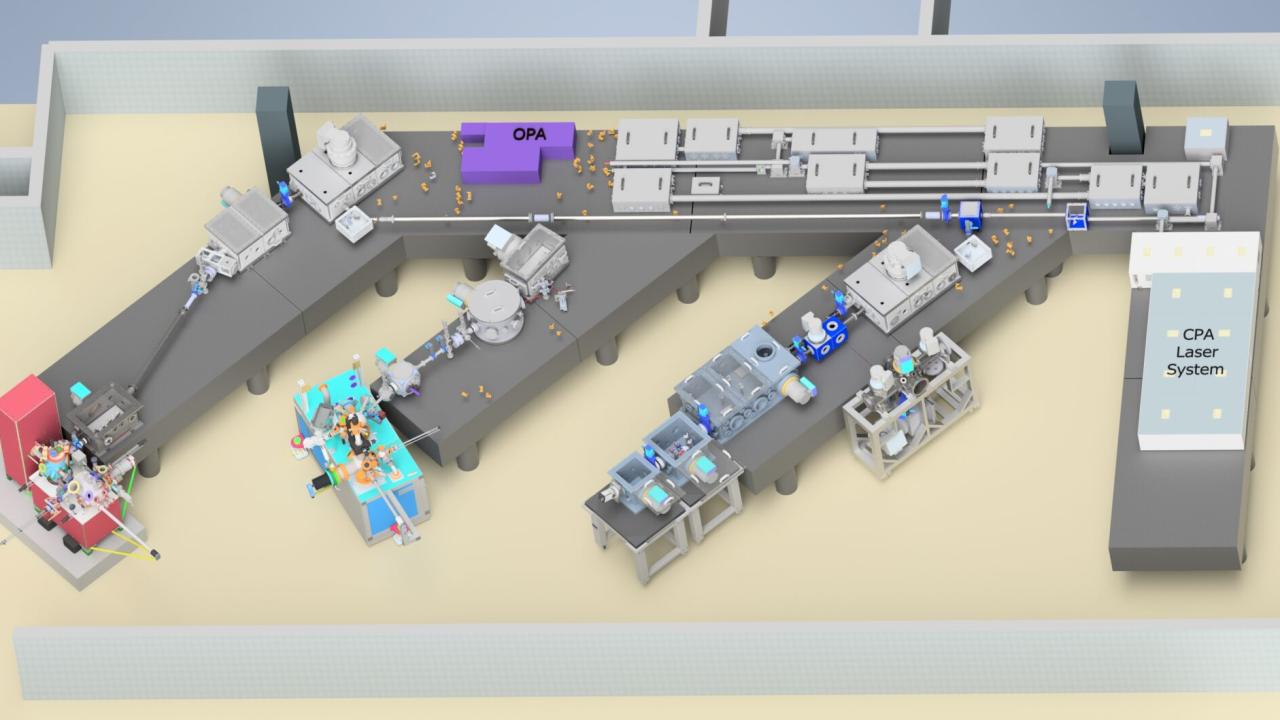Ultrafast science uses extremely short pulses of light to observe dynamics of atoms and electrons in molecules and materials.
Electrons move within atoms on the time scale of attoseconds (one attosecond = one-billionth of one-billionth of a second.) It's this motion that determines the properties of materials and the outcomes of chemical reactions. The ability to understand what's happening at these incredibly fast time scales is an area of great interest across many fields, including physics, chemistry, biochemistry, materials science, and electrical engineering.
Ultrafast light pulses can go beyond observing electron dynamics, they can also control those dynamics. The ability to control these ultrafast sub-atomic processes will unlock a host of potential new technologies to address renewable energy conversion, information storage and processing, photodynamic therapies in medicine, and more.
In 2023, the Nobel Prize in Physics was awarded to Pierre Agostini (Emeritus Professor), Anne L’Huillier, and Ferenc Krausz for their discoveries toward the generation of attosecond light sources, enabling the study of molecular dynamics at previously inaccessible time scales. In 1999, the Nobel Prize in Chemistry was awarded to Ahmed Zewail for his work on the ultrafast dynamics of chemical reactions. https://www.nobelprize.org/prizes/chemistry/1999/summary/



